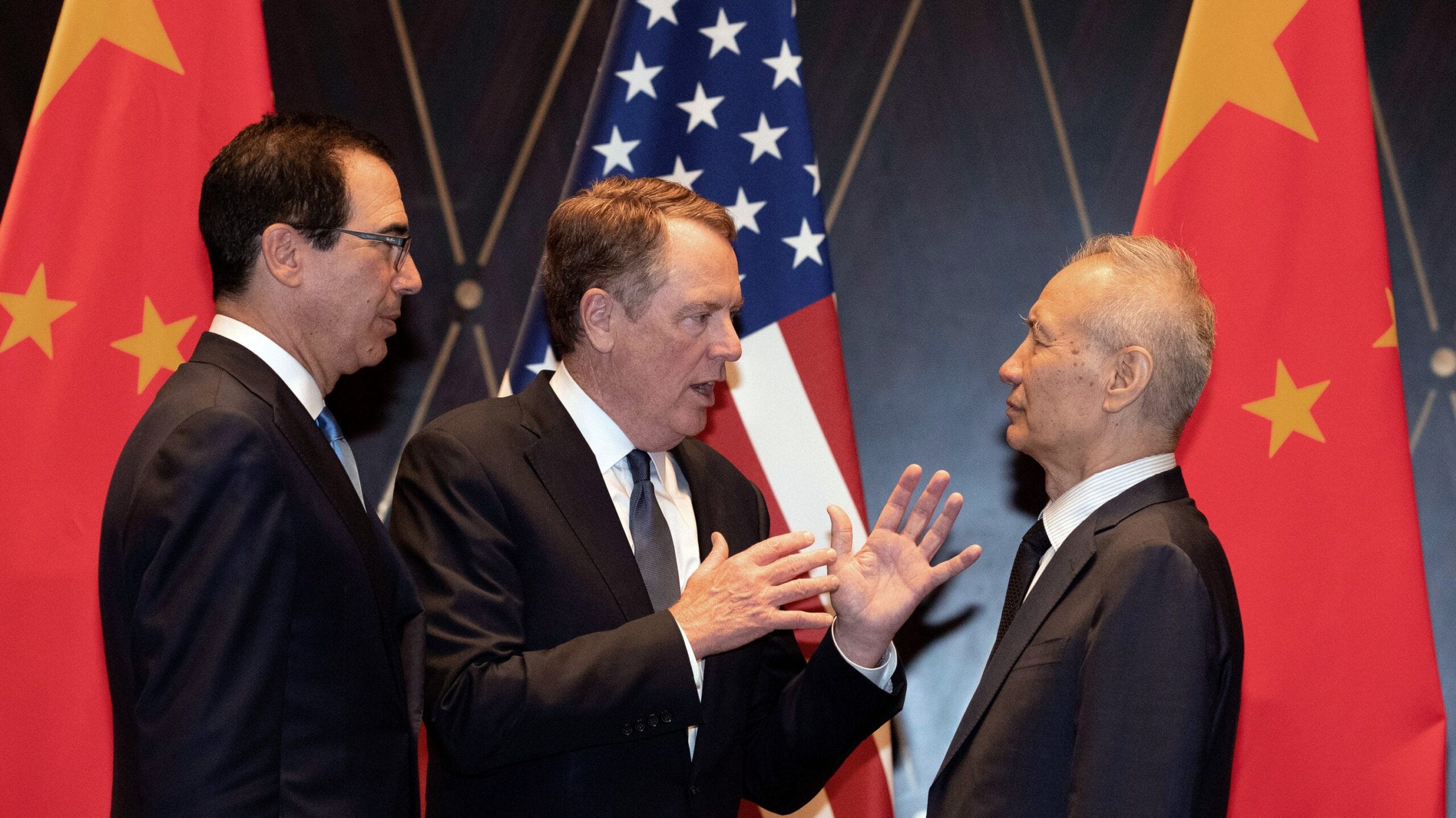The complex interplay of trade relations between the United States and China continues to shape global economic landscapes. Recent discussions between the two nations have reignited hope for renewed cooperation and eased tensions, yet this optimism has prompted market analysts and investors to question whether mere words will translate into real economic change. As global markets react, investors are closely monitoring the potential impacts on trade dynamics, economic growth, and international relations.
In the wake of the trade talks, financial markets exhibited considerable volatility. Stocks on Wall Street and in Asian markets fluctuated, reflecting a mix of optimism and skepticism surrounding the effectiveness of the dialogues. The U.S. government has emphasized the importance of engaging with China to address ongoing trade imbalances and intellectual property issues, but many are wary of the lingering uncertainties that have historically plagued U.S.-China relations. Consequently, traders found themselves navigating a delicate landscape where sentiment often outweighs factual economic shifts.
Understanding the historical context is crucial to grasping the significance of this negotiating period. Since the trade war began several years ago, tariffs and sanctions have strained relations between the two countries. Various sectors, from agriculture to technology, have been affected by retaliatory measures that have constrained growth and led to job losses. As a result, businesses have sought ways to adapt amidst shifting trade policies, impacting supply chains and market behavior.
As the trade negotiations progressed, commitments to a more collaborative approach were made from both sides. Chinese officials expressed a willingness to buy more American goods, particularly agricultural products, in an effort to address trade deficits. Likewise, U.S. leaders reiterated their focus on fair trade practices and protecting American intellectual property. However, the question remains—are verbal agreements enough to instill confidence in investors and businesses?
Market analysts are cautious; they are aware that while announcements made during high-profile negotiations can lead to short-term market rallies, such gains may not be sustainable. Anecdotal evidence suggests that past agreements have often led to disappointment when detailed implementation plans emerged—or failed to emerge—following discussions. Investors now find themselves in a position of weighing the credibility of promises against the backdrop of real-world economic indicators.
Each new round of negotiations has traditionally incited speculation about potential outcomes. Market participants grapple with balancing optimism about economic growth against prevailing concerns about geopolitical tensions. For instance, fluctuations in agricultural commodity prices often follow trade discussions closely, reflecting the influence of potential market access for American farmers. Similarly, technology stocks are highly sensitive to developments concerning intellectual property regulations and trade restrictions. These nuanced market responses highlight the interconnected nature of global commerce, where one sector’s success can be contingent upon the outcomes of talks in entirely different domains.
Despite the uncertainties, it is essential to recognize that trade discussions serve as a reflection of broader global economic health. Countries reliant on international trade can derive benefits from collaboration and reduced tariffs, resulting in enhanced market stability and growth opportunities. However, the potential for breakdowns in negotiations poses risks that investors must consider, often leading to a reluctance to commit to longer-term investments.
As businesses await concrete actions following these trade dialogues, there is an increasing demand for transparency and reliable communication. Investors are looking for clear indicators of growth, such as increases in exports and improved earnings guidance from companies affected by trade policies. Financial markets thrive on information, and the ability of institutions to effectively communicate developments can influence decision-making processes.
In conclusion, the outcome of the recent U.S.-China trade talks exemplifies a critical juncture in international relations, economic practices, and market dynamics. While words and commitments made during negotiations can temporarily impact financial markets, the challenge lies in delivering measurable economic benefits. Investors will continue to assess whether the promises made during these discussions can translate into concrete actions that support market stability and growth. The interplay between rhetoric and reality will remain a defining factor for participants in the global economic landscape, as they navigate an era marked by uncertainty, competition, and potential growth across borders. Only time will tell if the market’s reaction to these trade talks is a sign of enduring stability or a fleeting rally in the face of complex geopolitical challenges.



